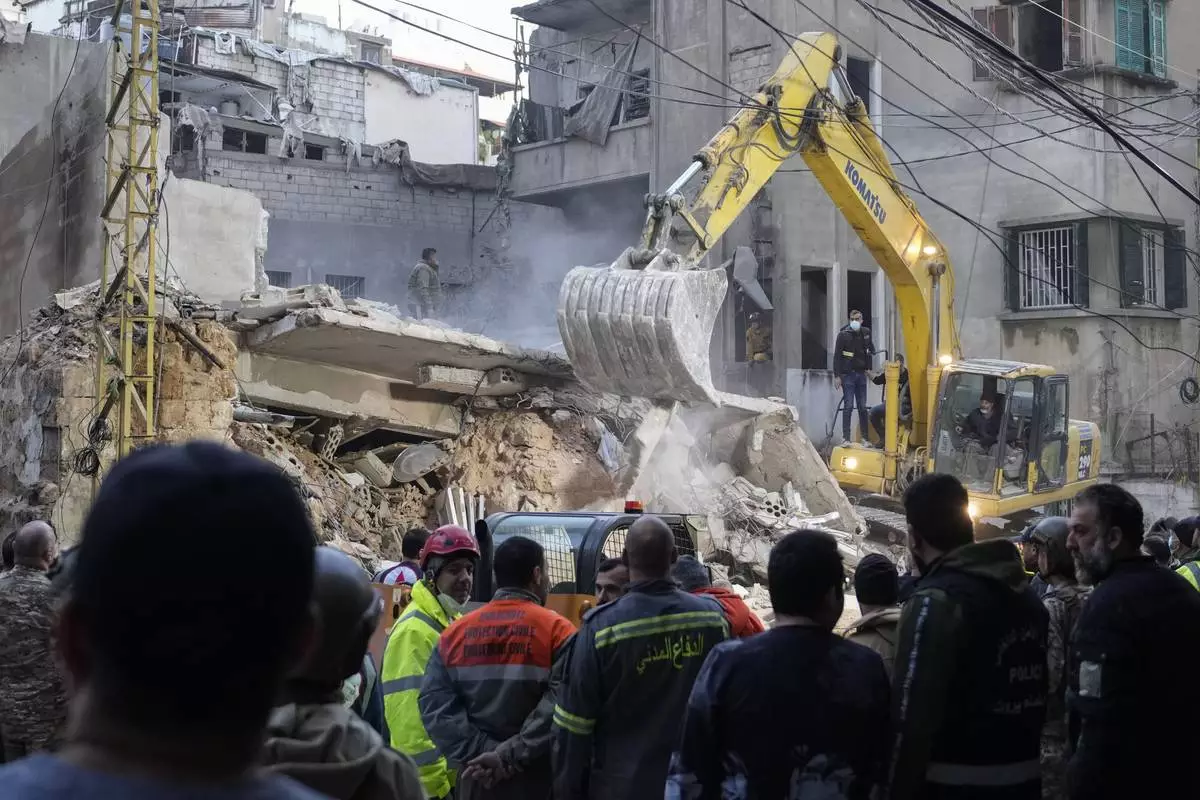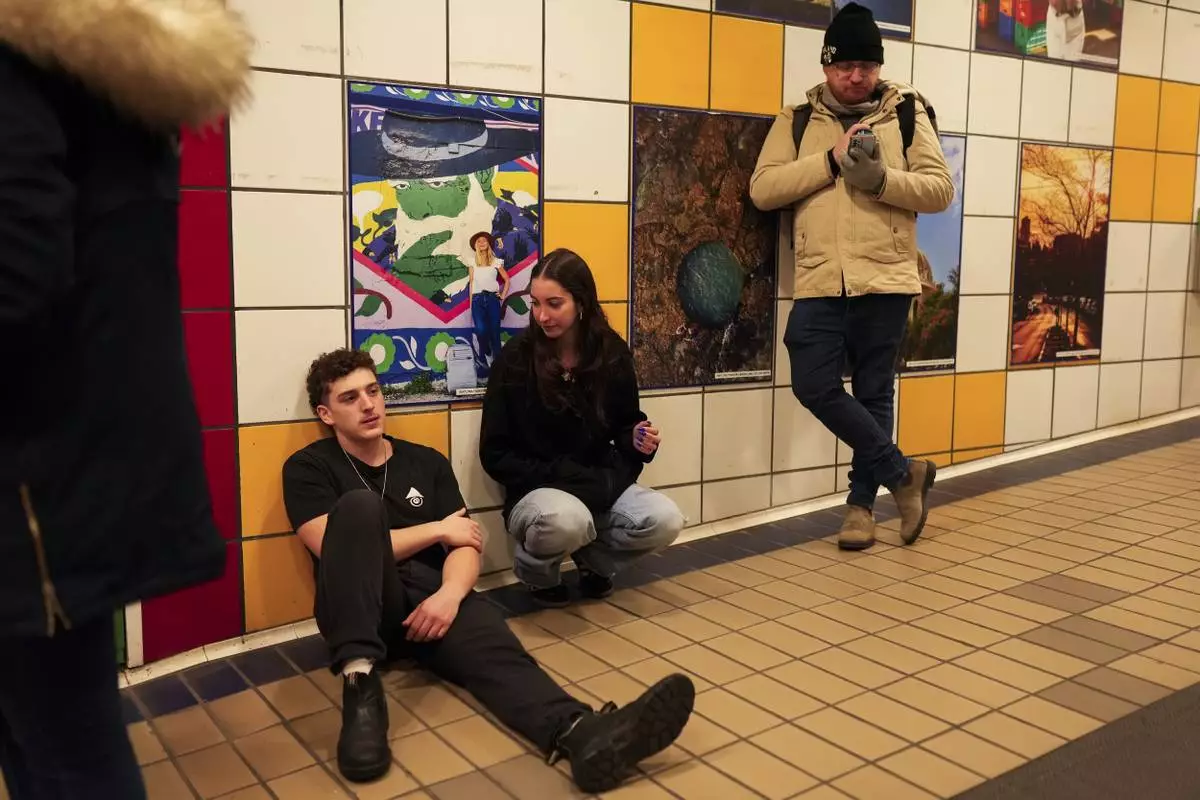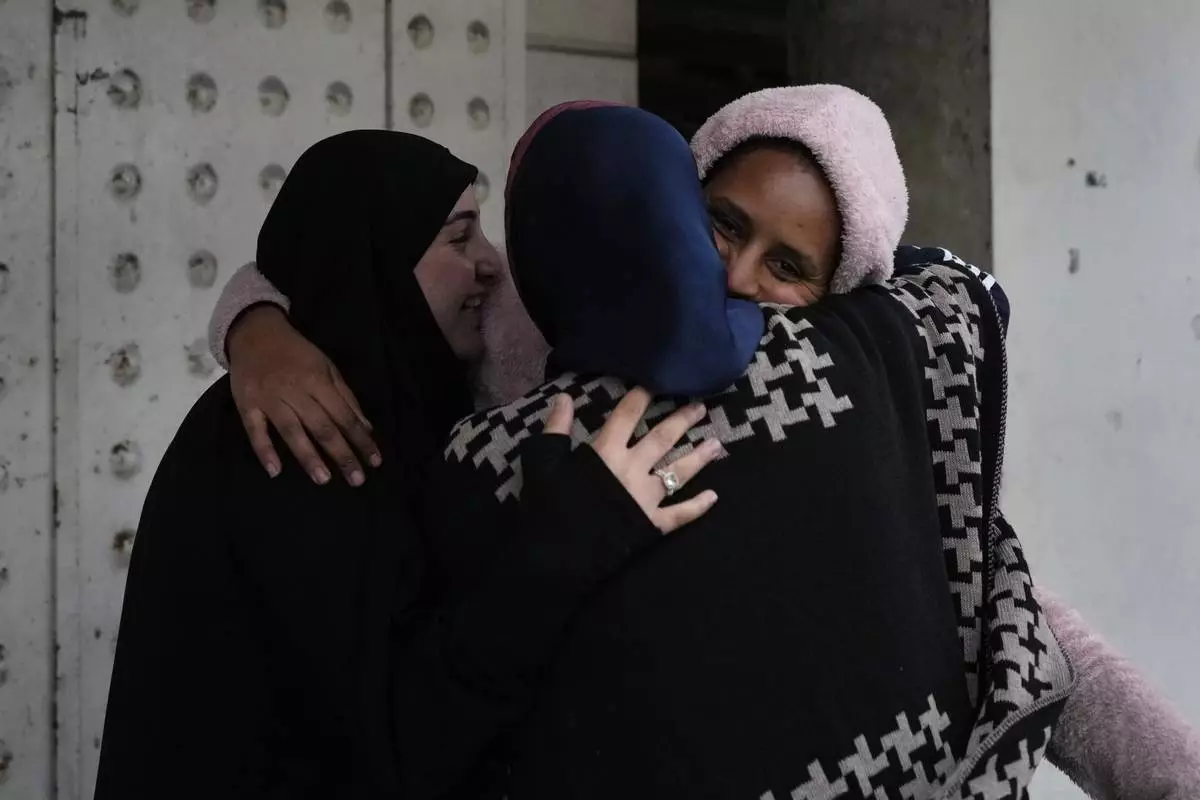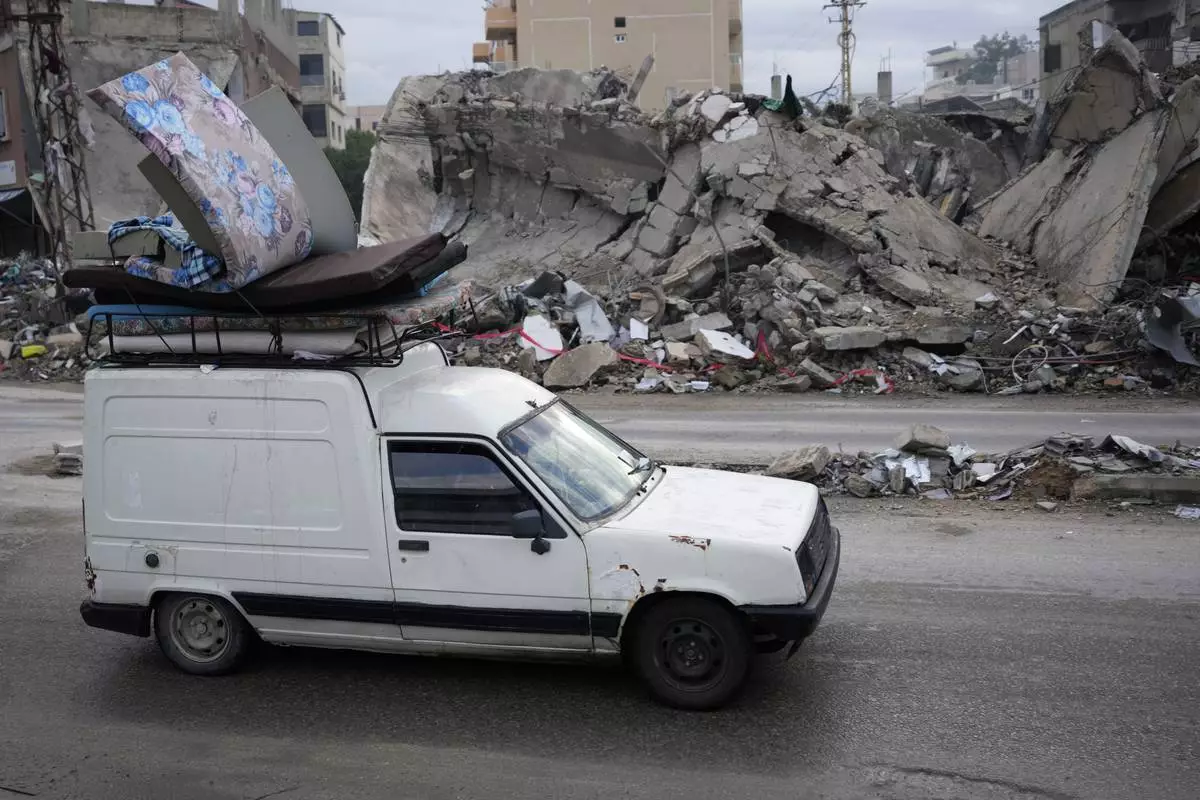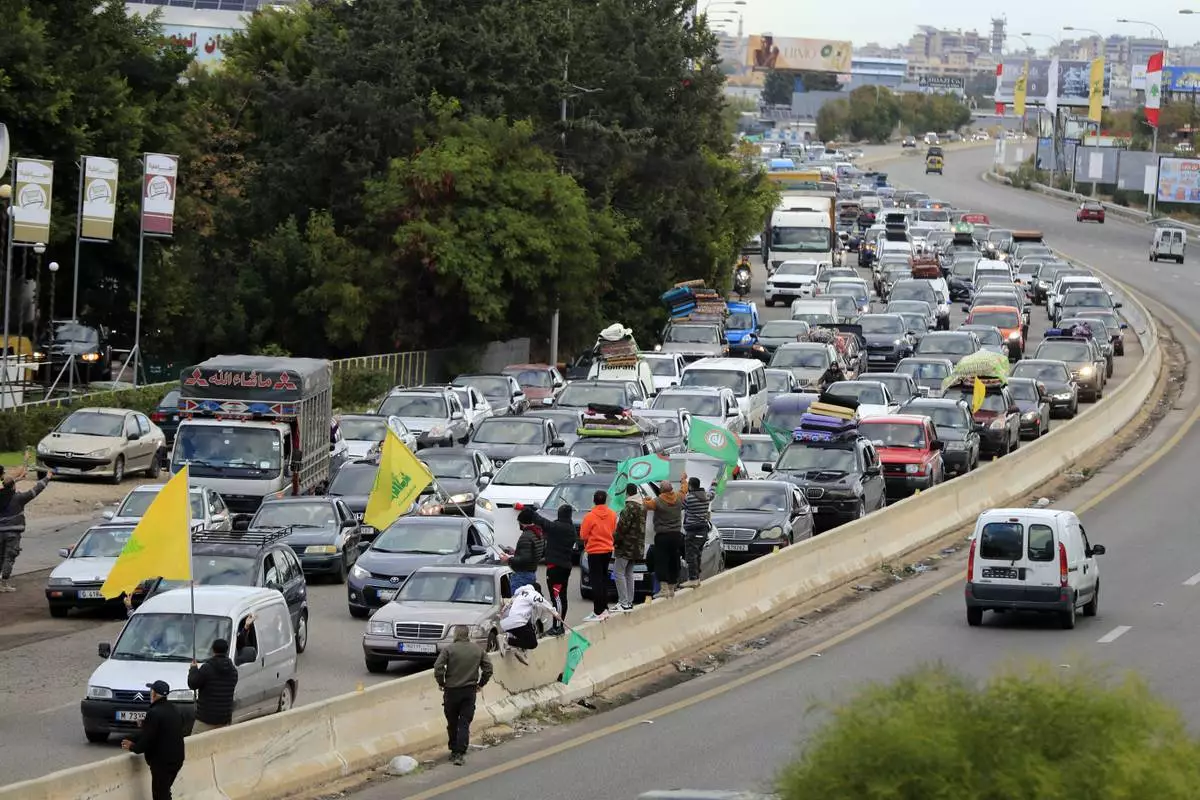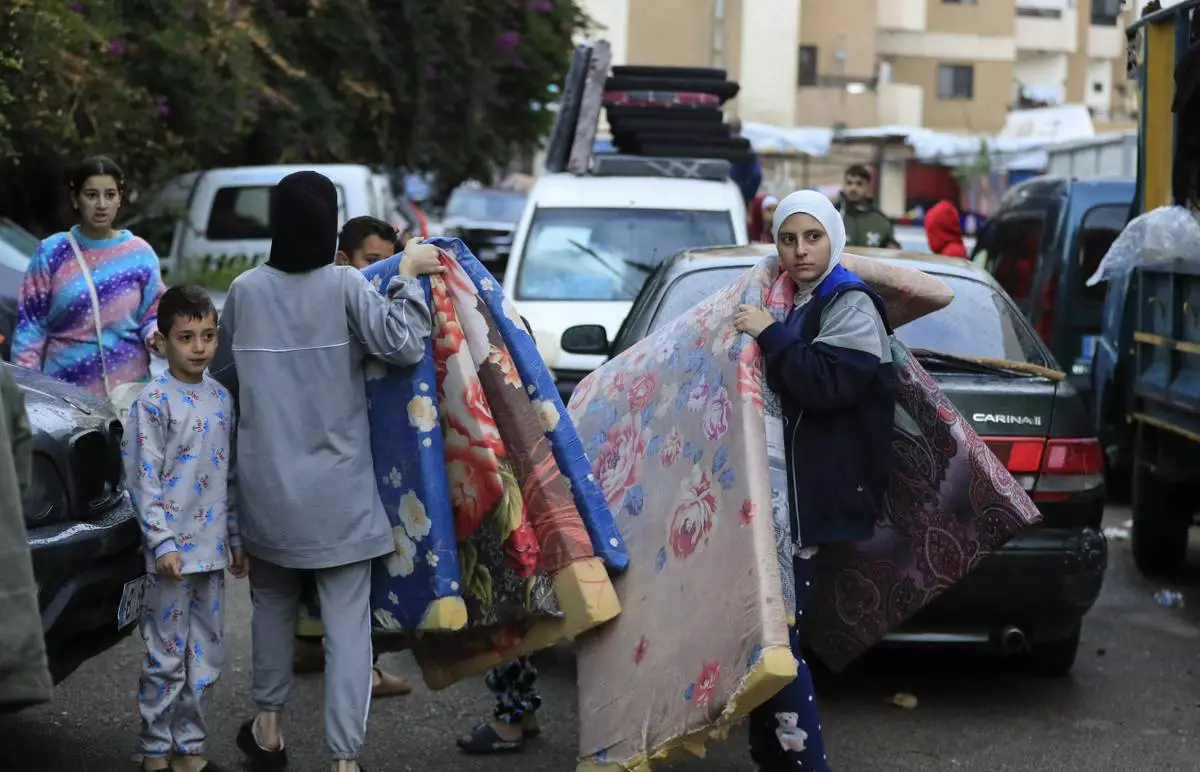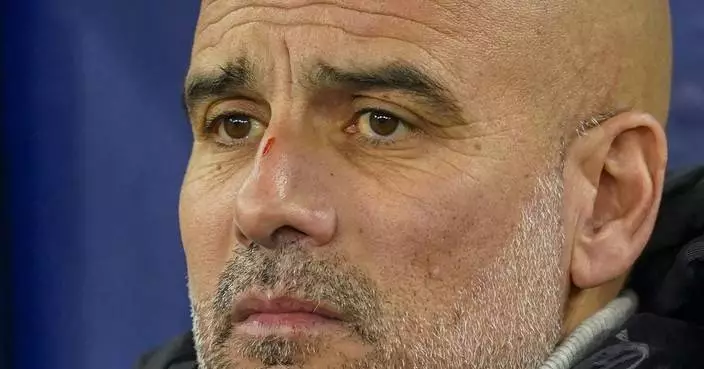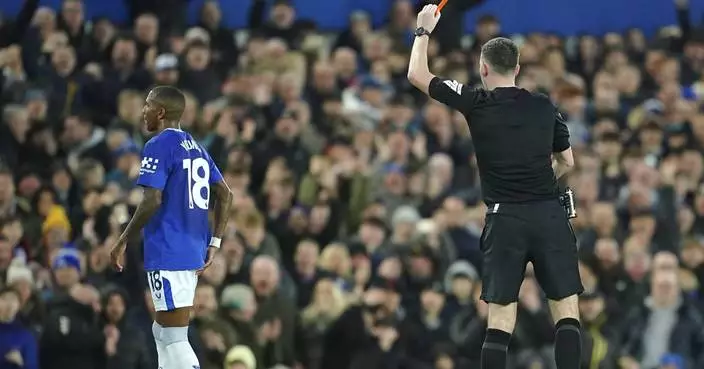VIENNA--(BUSINESS WIRE)--Nov 27, 2024--
AOP Orphan Pharmaceuticals GmbH (AOP Health), based in Vienna, Austria, announced that the U.S. Food and Drug Administration (FDA) has granted regulatory approval for Rapiblyk TM (landiolol) in the hospital critical care setting for the treatment of the severe heart condition supraventricular tachycardia (atrial fibrillation and atrial flutter). The approval is based on clinical studies which demonstrated that Rapiblyk TM (landiolol) enables rapid management of the heart rate with minimal reduction of blood pressure. The approval will provide patients in the U.S. with a new treatment option and is an important step for AOP Health in bringing its mission to help patients and make an impact on rare diseases and critical care to the United States for the first time.
This press release features multimedia. View the full release here: https://www.businesswire.com/news/home/20241127506170/en/
The approval was based on data of 5 randomized, double-blind, placebo-controlled studies. A total of 317 adults with supraventricular tachycardia were treated with landiolol: The heart rate decreased in 40-90% of treated patients within about 10 minutes, compared to 0-11% of patients who received placebo; heart rate decrease was defined as a >20% decrease in heart rate or a heart rate <100 bpm or at least intermittent cessation of the arrhythmia. In placebo-controlled clinical trials, adverse events were observed in 9,9% of landiolol treated patients vs. 1 % in patients treated with placebo.”
New Therapeutic option for rapid and “short-term” treatment of supraventricular tachycardia
AOP Health strives to offer solutions for patients with rare diseases or in critical care. Therefore, this approval marks an important moment for patients suffering from atrial fibrillation and atrial flutter in intensive care settings. “Rapiblyk TM approval in the US represents an important milestone for patients experiencing supraventricular tachycardia, including atrial fibrillation and atrial flutter, who need rapid and short-term heart rate reduction. After being available in Europe, we are delighted that this therapeutic option can be now available also for US patients” says Dr. Martin Steinhart, CEO of AOP Health.
Study Design
Five randomized, double-blind, placebo-controlled studies were conducted to test landiolol efficacy and safety in patients with supraventricular tachycardia (including atrial fibrillation and atrial flutter). A total of 317 adults were treated with landiolol: heart rate in patients treated with landiolol decreased of 40-90% vs 0-11% of patients who received placebo. Heart rate decrease was defined as a >20% decrease in heart rate or a heart rate <100 bpm or at least intermittent cessation of the arrhythmia. The infused dose of landiolol in these studies ranged from 9.3 to 74.6 mcg/kg/min. Adverse events were observed in 9,9% of landiolol treated patients (main adverse event was hypotension) vs. 1 % in patients treated with placebo.”
About supraventricular tachycardias
Supraventricular tachycardias (including atrial fibrillation and atrial flutter) can occur both in patients with and without heart disease. Because they can impair cardiac function, leading to acute cardiovascular problems, they require immediate medical attention.
About Rapiblyck TM (landiolol) intravenous [280 mg of landiolol (equivalent to 300 mg of landiolol HCl) in a single-dose vial]
Landiolol is an ultra-short-acting adrenergic receptor antagonist, with beta 1/beta 2 selectivity ratio of 255. Landiolol is characterized by a fast onset of action and rapid reduction in heart rate without significantly lowering blood pressure. It is designed for use in emergency, cardiac critical care unit, operating room, and intensive care settings. It is used in emergency conditions and for short term treatments in critical care. It is therefore not intended for the treatment of chronic cardiac arrhythmias. It is registered in Europe for the treatment of supraventricular tachycardia, including atrial fibrillation or atrial flutter and for the management of non-compensatory sinus tachycardia.
INDICATION
RAPIBLYK TM is indicated for the short-term reduction of ventricular rate in adults with supraventricular tachycardia including atrial fibrillation and atrial flutter.
IMPORTANT SAFETY INFORMATION
CONTRAINDICATIONS
RAPIBLYK TM is contraindicated in patients with:
· Severe sinus bradycardia, sick sinus syndrome, heart block greater than first degree
· Decompensated heart failure
· Cardiogenic shock: May precipitate further cardiovascular collapse and cause cardiac arrest.
· Pulmonary hypertension: May precipitate cardiorespiratory decompensation.
· Hypersensitivity reactions, including anaphylaxis, to landiolol or any of the inactive ingredients
WARNINGS AND PRECAUTIONS
· Hypotension. Patients with hemodynamic compromise, hypovolemia, or on interacting medications are at increased risk of hypotension.
· Bradycardia. Patients with first-degree atrioventricular block, sinus node dysfunction, or conduction disorders are at increased risk of bradycardia, including sinus pause, heart block, severe bradycardia, and cardiac arrest.
· Cardiac Failure. Beta-blockers, like RAPIBLYK TM, can cause depression of myocardial contractility and may precipitate heart failure and cardiogenic shock.
· Reactive Airways Disease. Patients with reactive airways disease should, in general, not receive beta-blockers. Because of its relative beta-1 selectivity and titratability, RAPIBLYK TM injection may be titrated to the lowest possible effective dose. In the event of bronchospasm, stop the infusion immediately; a beta-2 stimulating agent may be administered with appropriate monitoring of ventricular rates.
· Use in Patients with Diabetes Mellitus and Hypoglycemia. Beta-blockers may prevent early warning signs of hypoglycemia, such as tachycardia, and increase the risk for severe or prolonged hypoglycemia at any time during treatment, especially in patients with diabetes mellitus, patients who are fasting (i.e., surgery, not eating regularly, or are vomiting), or children.
· Infusion Site Reactions. Infusion site reactions such as pain, swelling and erythema have occurred with the use of RAPIBLYK TM injection. Avoid infusions into small veins or through a butterfly catheter.
· Use in Patients with Prinzmetal’s Angina. Beta-blockers may exacerbate anginal attacks in patients with Prinzmetal’s angina because of unopposed alpha receptor–mediated coronary artery vasoconstriction.
· Use in Patients with Pheochromocytoma. If RAPIBLYK TM injection is used in the setting of pheochromocytoma, administer RAPIBLYK in combination with an alpha-blocker, and only after the alpha-blocker has been initiated. Administration of beta-blockers without opposing alpha blockade in the setting of pheochromocytoma has been associated with a paradoxical increase in blood pressure from the attenuation of beta receptor-mediated vasodilation in skeletal muscle.
· Use in Patients with Peripheral Circulatory Disorders. RAPIBLYK TM injection may exacerbate peripheral circulatory disorders, such as Raynaud’s disease or syndrome, and peripheral occlusive vascular disease.
· Abrupt Discontinuation of RAPIBLYK TM Injection. Severe exacerbations of angina, myocardial infarction, and ventricular arrhythmias have been reported in patients with coronary artery disease upon abrupt discontinuation of beta-blocker therapy.
· Hyperkalemia. Beta-blockers, including RAPIBLYK TM injection, can cause increases in serum potassium and hyperkalemia. The risk is increased in patients with risk factors such as renal impairment. Intravenous administration of betablockers has been reported to cause potentially life-threatening hyperkalemia in hemodialysis patients. Monitor serum electrolytes during therapy with RAPIBLYK TM injection.
· Use in Patients with Metabolic Acidosis. Beta-blockers have been reported to cause hyperkalemic renal tubular acidosis. Acidosis in general may be associated with reduced cardiac contractility.
· Use in Patients with Hyperthyroidism. Beta-adrenergic blockade may mask certain clinical signs (e.g., tachycardia) of hyperthyroidism. Abrupt withdrawal of beta blockade might precipitate thyroid storm; therefore, monitor patients for signs of thyrotoxicosis when withdrawing beta blocking therapy.
- Use in Patients at Risk of Severe Acute Hypersensitivity Reactions. When using beta-blockers, patients at risk of anaphylactic reactions may be more reactive to allergen exposure (accidental, diagnostic, or therapeutic). Patients using beta-blockers may be unresponsive to the usual doses of epinephrine used to treat anaphylactic or anaphylactoid reactions.
ADVERSE REACTIONS
The most important and common adverse reaction is hypotension, which in clinical trials occurred in 9.9% of patients receiving RAPIBLYK TM vs. 1% in those receiving placebo.
Please see the full Prescribing Information for Rapiblyk TM (landiolol), athttps://www.accessdata.fda.gov/drugsatfda_docs/label/2024/217202s000lbl.pdf
About AOP Health
The AOP Health Group incorporates several companies including AOP Orphan Pharmaceuticals GmbH with its seat in Vienna, Austria (“AOP Health”). The AOP Health Group is the European pioneer for integrated therapies for rare diseases and in critical care. Over the past 25 years, the Group has become an established provider of integrated therapy solutions operating from its headquarters in Vienna, its subsidiaries and representative offices throughout Europe and the Middle East, as well as through partners worldwide. The claim “Needs. Science. Trust.” sums up the foundation of the Group’s success: establishing trust through a continually high level of investment in research and development and a highly consistent and pragmatic orientation towards the needs of all stakeholders – especially the patients and their families as well as the healthcare professionals treating them.


Portrait of Dr. Martin Steinhart, CEO AOP Health (Photo: AOP Health/Studio Koekart)



